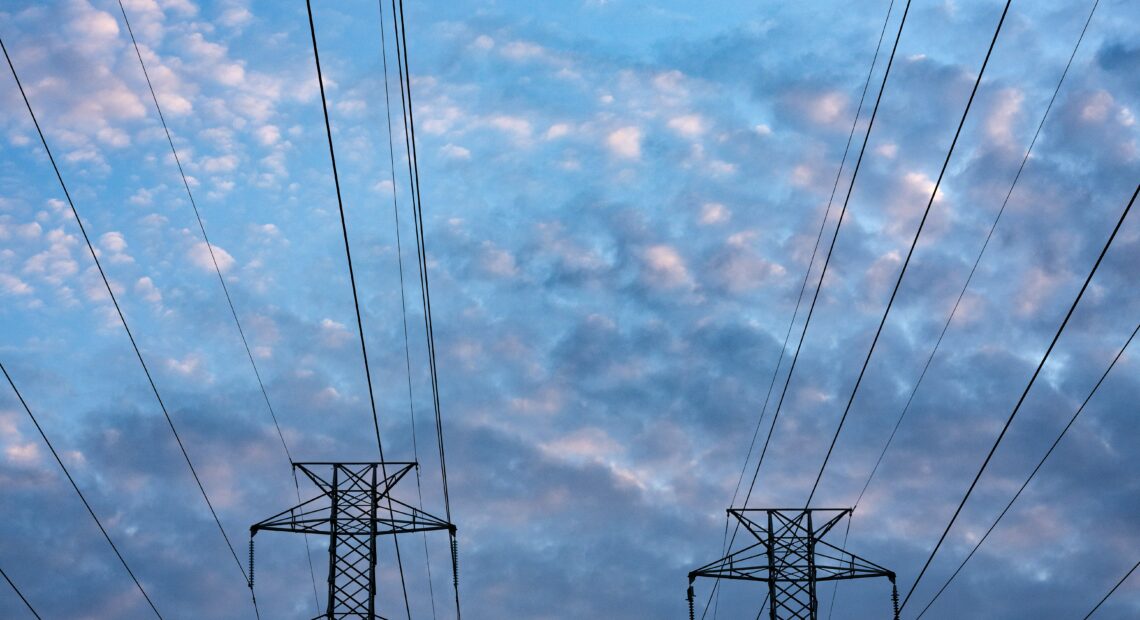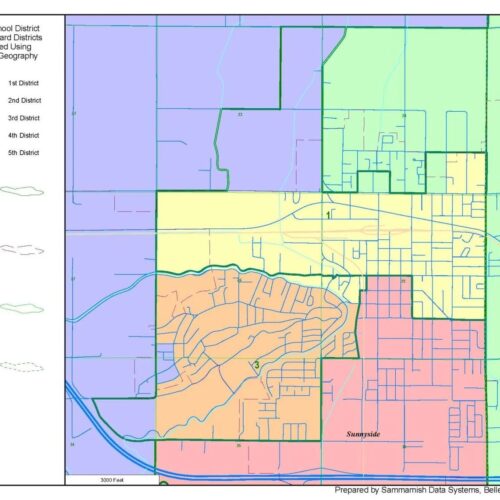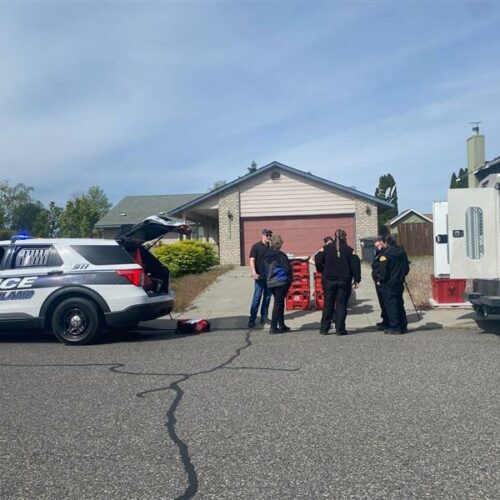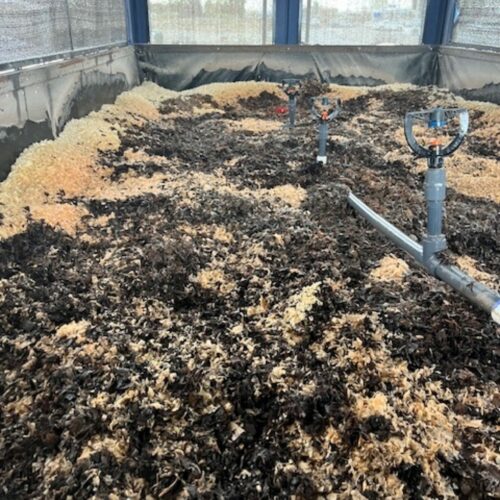
Federal grants could improve utility safety and add jobs
Listen
(Runtime 0:55)
Read
Four utilities in Washington state have received funding from the U.S Department of Energy to strengthen the electrical grid against future wildfires and ensure reliability to customers. That funding comes from the federal Grid Resilience and Innovations Partnerships Program, which is investing in 58 projects across 44 states.
The award recipients are all utilities whose service areas have seen wildfires in recent years. Washington state, like the rest of the West, is facing more intense fires more frequently as the climate changes. This wildfire season had the second-highest number of ignitions in the state on record.
Utilities and fire have a tumultuous relationship. Fires can damage or destroy utility infrastructure while grid components can cause fires. Because of this, utilities must ensure their grid is reliable during extreme weather events and avoid causing or spreading fire.
The state legislature passed House Bill 1032, which went into effect this July, requiring all utilities to create wildfire mitigation plans. Some utilities already have those plans in place, and this federal funding adds dollars to follow the plan and complete strategic mitigation measures.
For Snohomish County Public Utility District, the $30 million award will allow them to more quickly act on projects already laid out in their wildfire mitigation plan.
“What this federal funding is really going to allow us to do is to accelerate these projects from kind of a 20-year timeline into five years,” said John Hieb, principal engineer with the utility.
The utility will use the funding to replace old equipment that could start fires. They will also install smart grid equipment that allows communication and control across the grid, moving control beyond substations, Hieb said. That equipment will send operational information across the network — enabling them to turn power back on, for example, and then resolve outages quicker.
The new equipment will also allow the utility to disable a feature called “reclosing” on a specific basis. Reclosing happens when a line experiences a fault, such as a short circuit, and disconnects that section of the line. After a period of time, the equipment will try to reenergize the line. That can be good in weather events when a branch hits a line and power can be quickly restored, but dangerous during high fire-risk days, when reenergizing a line could spark nearby vegetation and start a fire. For about two years, the utility has disabled this feature during fire season, but fire season is getting longer. This new technology will allow the utility to strategically disable reclosing on high-risk days.
The project will create 17 new jobs, three to four of which, Hieb said, will be union-represented positions. Hieb said with all this infrastructure this project will deploy, the utility will be working with apprenticeship programs to train future workers to install and maintain the equipment.
Grid improvement projects tend to require a substantial workforce to install and maintain new equipment, upgrade infrastructure and implement new technologies, said Nichole Reedy, senior assistant business manager of the International Brotherhood of Electrical Workers Local 77. The local signed a letter in support of the utility receiving this grant.
“We see them getting the grant as a possible opportunity for our members,” Reedy said. “So we want to always support the utility getting more money into their hands so that they will continue to expand opportunities for the people that we represent.”
Utilities must match the DOE funding for projects.
There has been discussion of possible apprenticeships programs in the wake of new technology, and Reedy said the union, which represents about 600 Snohomish County PUD employees, is looking forward and seeking education and training as technology in the energy sector changes.
The UMS Group, an international consulting group, was another recipient of funding, and will be partnering with six utilities on grid resiliency projects, three in Oregon and three in Washington; Avista, Inland Power and Light and the public utility district in Klickitat County.
Joe Lake, principal consultant with the group, said the projects will be about deploying new technology — cameras and sensors to better manage the infrastructure. These tools will allow utilities to better control vegetation around utility infrastructure to reduce fire risk and help monitor possible incidents in rural areas.
David Howell, operations director with Avista, explained that the way these cameras work, using artificial intelligence technology, is they scan the horizon for smoke and sense if conditions in a geographic area have changed. That real-time data expedites response to incidents, particularly in rural areas where there might not be people to spot and report fires.
In 2022, residents filed a lawsuit against Avista for negligence in the Babb Road fire of 2020, which destroyed Malden and Pine City. In the DNR official report of the fire, it stated the source of the fire to damaged tree falling on Avista power line. The litigation is ongoing, but Howell said the utility’s responsibility is to ensure it does not start fires.
Howell said the utility’s wildfire mitigation plan, which was finalized in 2020, prioritizes reliability and safety.
“When there’s a trade off to be made during wildfire season, we are considering the safety impacts to the communities we serve as a priority,” Howell said.
As an example, Howell said during the typical fire season (roughly July, August and September for the Spokane area) the utility operates in “fire safety mode” — disabling the reclosing mechanism, similar to Snohomish County PUD. Avista has been using this strategy for about 20 years, Howell said.
The utility is also increasing the sensitivity of those protection settings on distribution lines so that they fail out faster, starting in the 2021 season, Howell said.
NWPB reached out to Inland Power and Light and the public utility in Klickitat, but did not receive comment prior to publication. Inland Power and Light is currently party to two lawsuits, filed in Spokane claiming that a faulty light sparked the Gray Fire in August. That fire claimed the life of one man.
















